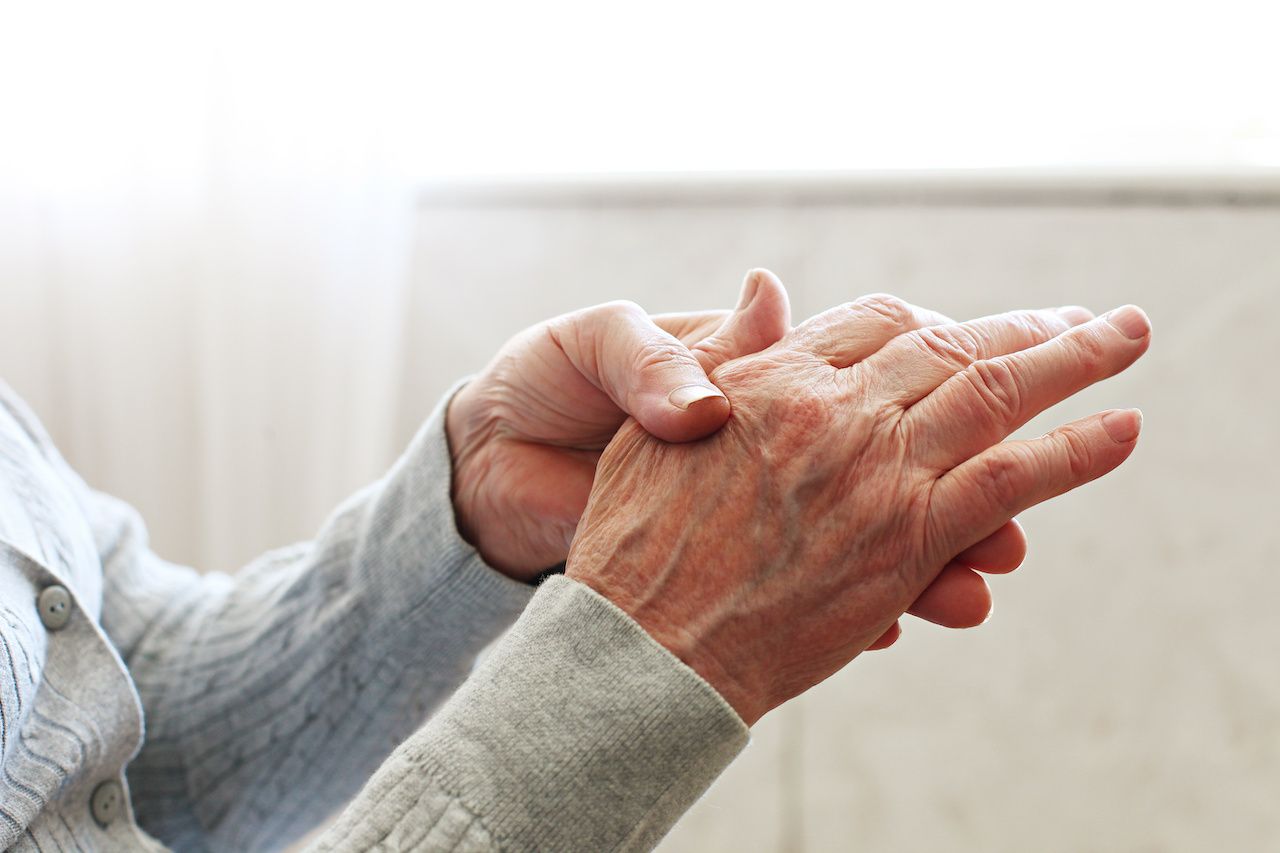Article
Despite Substantial Progress in Pharmacy-Based Naloxone Dispensing, Distribution Remains Low
Author(s):
In 2018, just 1 naloxone prescription was dispensed for every 69 high-dose opioid prescriptions.
As the country tries to gain hold of the opioid epidemic, new data coming from the CDC show that while naloxone dispensing has increased, access still lags and heightened efforts are needed to increase access for patients at the local level.
Between 2012 and 2018, rates of naloxone dispensing from retail pharmacies increased drastically from 1282 prescriptions to 556,847 prescriptions. Increases were particularly significant between 2017 and 2018, when dispensing of the overdose reversal drug doubled (270,710 to 556,847).
This progress coincides with national efforts to increase access to naloxone. In April 2018, Surgeon General Jerome M. Adams, MD, issued a call for more people to carry the drug, and shortly after that, the FDA approved the first generic nasal spray version of naloxone (Narcan).
States have also tried to increase access for their populations. All 50 states and Washington, DC, have implemented laws allowing pharmacy-based naloxone dispensing, and in June, New Jersey offered the drug for free for 1 day at pharmacies across the state with no prescription needed. Multiple states have also directed clinicians to coprescribe naloxone when overdose risk factors, such as high opioid dosages, are present.
Despite these efforts, in 2018, just 1 naloxone prescription was dispensed for every 69 high-dose opioid prescriptions, the CDC data revealed. Throughout the year, an estimated 9 million patients were dispensed a high-dose opioid prescription while 406,203 were dispensed naloxone.
“If each provider has considered offering naloxone to every patient receiving a high-dose opioid prescription, as recommended in the CDC guideline, nearly 9 million naloxone prescriptions could have been dispensed, approximately 16 times the 557,000 recorded in 2018,” wrote the researchers, referring to the 2016 CDC Guideline for Prescribing Opioids for Chronic Pain.
Relying on naloxone prescribing data from IQVIA, CDC researchers also identified geographic variation in dispensing. While some states have only recently implemented laws requiring naloxone coprescribing, the data suggest that policies like these have a positive impact. Arizona and Virginia, for example, have implemented such policies, and counties in these states tended to see high rates of dispensing.
In 2018, micropolitan counties and counties in the South had the highest rates of naloxone dispensing (206.3 and 195.0 per 100,000 people, respectively). Meanwhile, rural counties and counties in the Midwest had the lowest rates of dispensing (147.4 and 139.9 per 100,000 people, respectively). Rural counties had lower rates of dispensing than metropolitan counties even when controlling for other relevant factors.
“This is concerning given slower EMS [emergency medical service] response times and underuse of naloxone by EMS in rural areas relative to the overdose prevalence, which are potentially attributable to resource, certification, and practice constraints,” wrote the researchers. “Harm-reduction programs are more limited in rural areas, and a smaller proportion of rural programs distribute naloxone. Thus, pharmacy naloxone dispensing holds great promise for positive impact in rural communities.”




